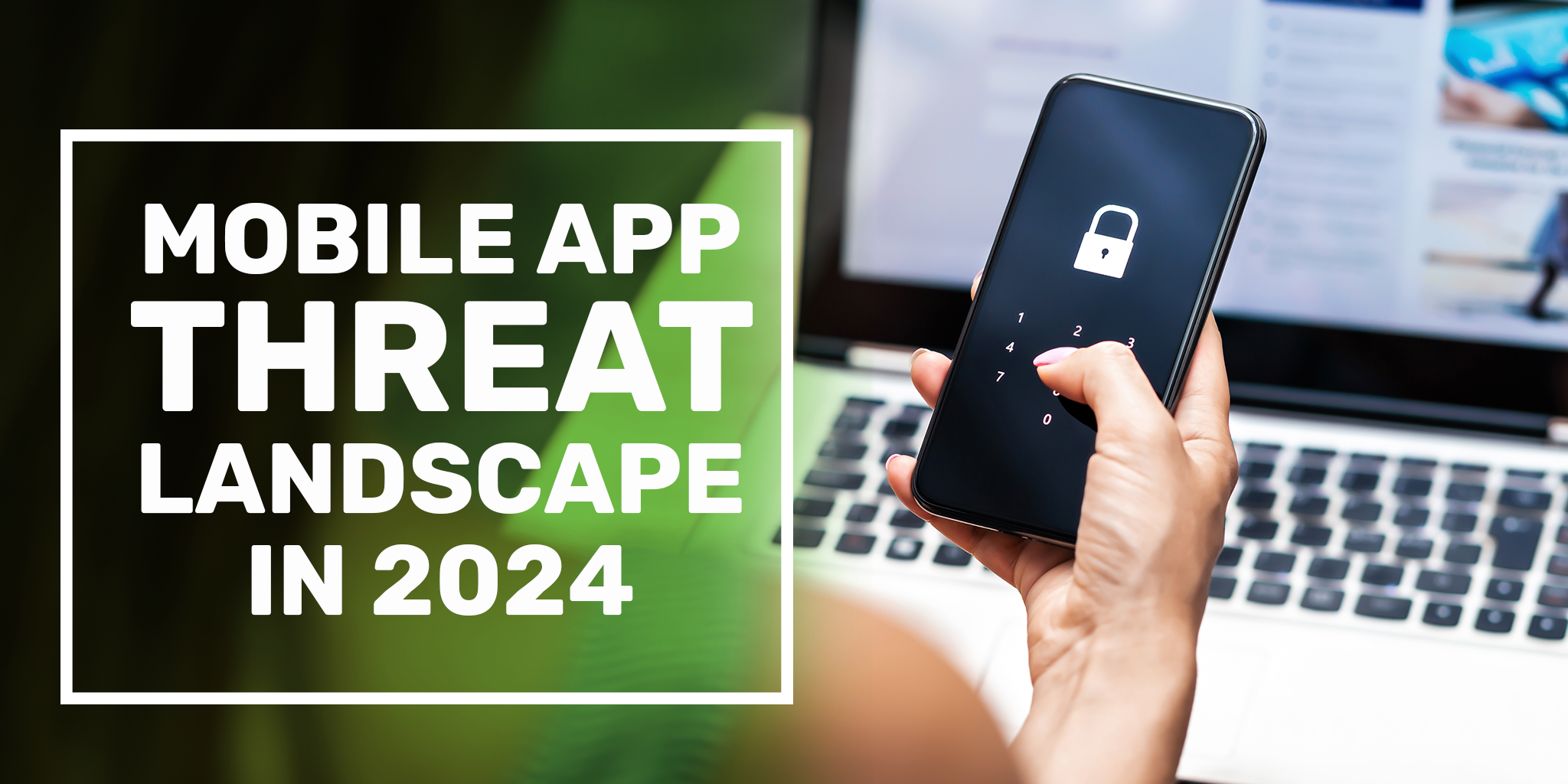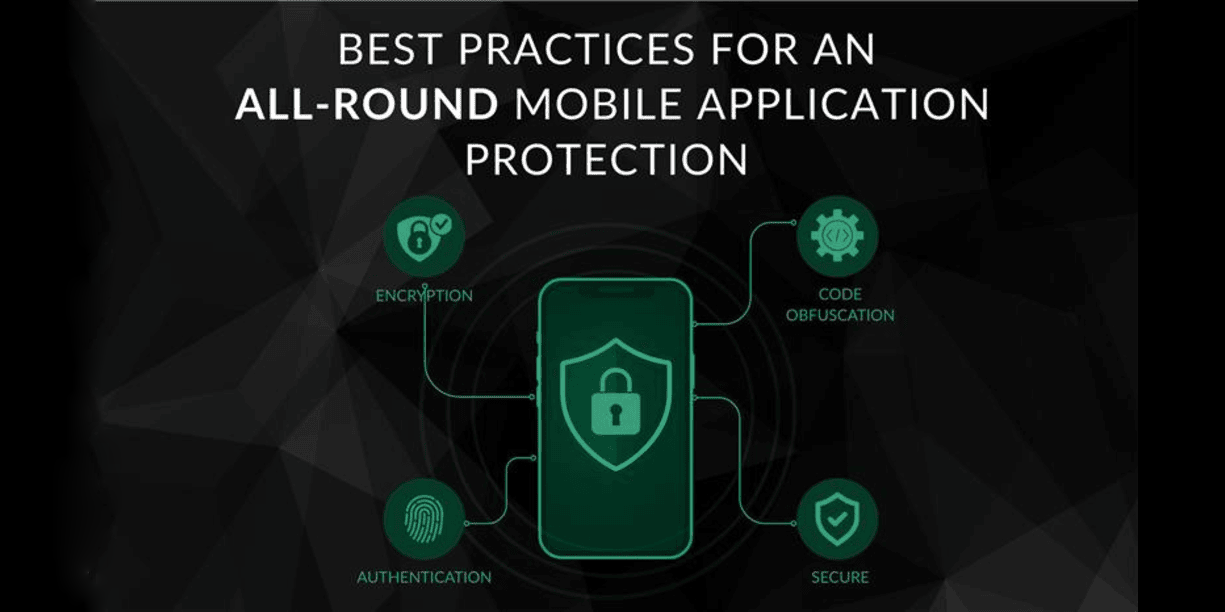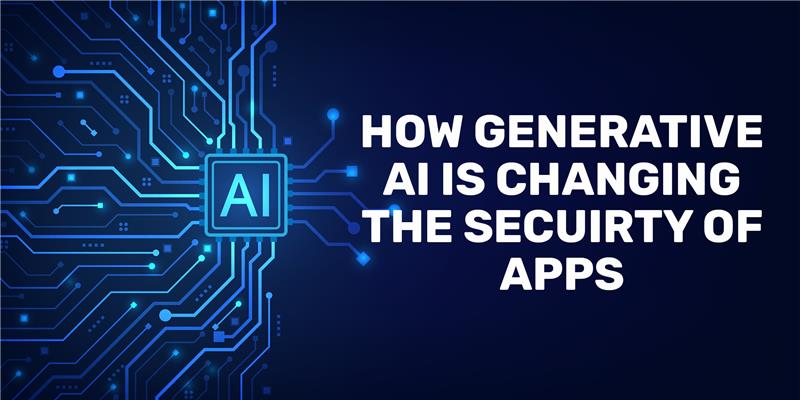In 2024’s digital era, mobile applications play an essential part in every aspect of our lives, retail, leisure and communication. Mobile apps are a major target for cybercriminals since their strategies are evolving along with technology. A single breach of security can do substantial damage to one’ finances and reputation.
The root of this problem is trust. Users who use a business app believe that their private information is secure. In an era of stringent data privacy regulations, a breach could undermine consumer trust, damage a brand’s reputation and maybe result in legal problems.
We’ll investigate the current state of mobile app security in this blog, identifying the main risks along with suggested methods to mitigate them. Whether you are a user, developer or business owner, this text intends at providing you with the information you need to make safer digital decisions in 2024.
The Importance of the Threat Landscape
Like a wide ocean, the digital world is full of opportunity but also full of risks. Mobile apps are becoming more complex and crucial to our daily routines which makes them tempting targets for cybercriminals. Developing a strong defence strategy starts with having a thorough understanding of the threat landscape. Let’s explore the primary threats of 2024 more specifically, as well as their consequences.
The Implications of ignoring the threat landscape
Ignoring the threat landscape has consequences such as companies falling into financial losses. Companies deal with:
- Reputation damage: It’s difficult to rebuild trust once it has been lost. A brand’s reputation could be affected by a security breach, which may reduce number of users and decrease brand loyalty.
- Regulation fines: Companies that break laws such as the CCPA and GDPR might face large penalties for failing to comply with them or for failing to protect customer data.
- Company’s disruptions: Cyberattacks face the potential of halting operations, causing lost income and increased recuperation costs.
- Intellectual property loss: Businesses, particularly those in IT, may lose confidential strategies, product designs or algorithms because of a hack.
It’s important to understand the threat landscape to boost preparedness over fear. Businesses can take proactive steps to protect their users and assets by being aware of the possible threats.
Best Practices in Mobile App Security
As mobile apps keep dominating the digital world, it is critical to make sure they are secure. As cyber threats evolve at a never-before-seen pace, companies and developers need to take a proactive approach to protecting user data and upholding confidence. Below are the best practices in mobile app security for 2024:
- Secure the development environment
The main line of defence against threats is a development environment that has been fortified. Implementing the secure development environment will minimise the risk of security breaches and ensures the integrity and confidentiality in Mobile App.
- Secure coding practices
Secure coding practices are essential for ensuring the integrity and security of Mobile App. Software developers can greatly improve the security posture of their applications and minimise the risk of security breaches and data thefts by implementing these practices into the software development lifecycle.
- Data protection and encryption
Data protection and encryption are essential elements of secure information management, especially in Mobile App. By implementing encryption and data implementation, company may mitigate the risk of data breaches and illicit access.
- Secure authentication and authorization
Any secure system must include secure authentication and authorisation to guarantee that those with authorization can access resources and take actions. Companies can mitigate the risk of data breaches, secure regulatory compliance, and protect their systems and data from unauthorised access by putting through secure authentication and authorization procedures.
- API security
Application Programming Interface is vital for protect the data. The companies may improve the safety and security of their APIs and reduce the risk of data breaches, misuse by executing these best practices.
- Testing and continuous monitoring
These components are essential in maintaining a system secure and effective by minimising risks and improve the overall security posture of the Mobile App by integrating testing and continuous monitoring into the software development lifecycle along with operations.
- Third-party libraries and SDKs
Once sufficiently examined, third-party components may create vulnerabilities. Using reliable sources, grasping permission and conducting routine audits are crucial to preventing these elements from becoming weak points in Mobile App.
- User privacy and compliance
Companies that gather, handle and keep personal data must take user privacy and adherence to relevant standards and regulation seriously. By putting them into practice, companies can increase user privacy, win over customers trust, and legal repercussions from violating data protection rules.
- Post-breach protocols
Companies must have post-breach policies to respond to security problems and limit the negative effects of data breaches on their stakeholders, customers and operations. Moreover, ongoing development grounded in security event gained contributes to the general enhancement of cybersecurity preparedness and resilience.
Conclusion
Mobile App development security is the cornerstone upon which dependability and trust are constructed. One thing has been obvious as we have read through the variety of best practices in this article: being proactive, learning new things constantly and adapting to new technologies are the keys to remaining one step ahead of any threats. Implementing strong authentication and authorization procedures in position, encrypting data and conducting ongoing monitoring are essential objectives as well.
Furthermore, Mobile App is not just about codes, encryption or authentication but also maintaining data and digital systems with pertinent rules and guidelines to protect user privacy.






